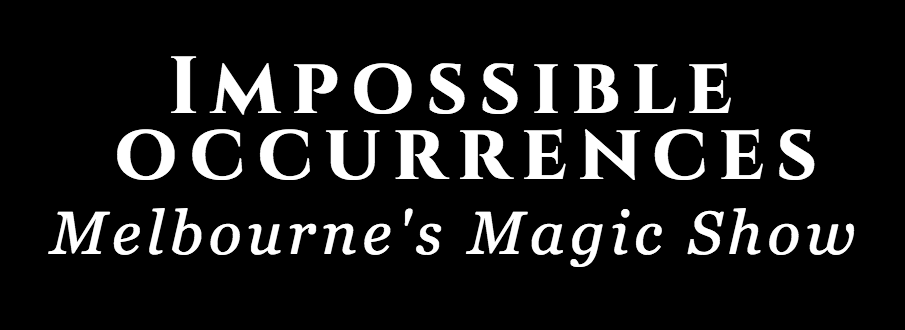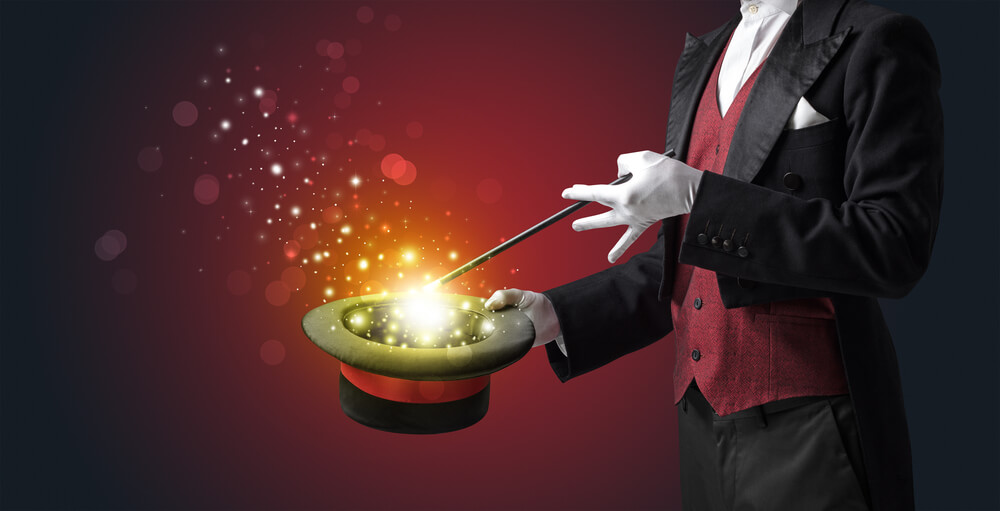Magic, in all its different forms, has changed and evolved throughout history. For most, it’s a concept that’s full of pure entertainment – designed to thrill and draw applause. But it has also had dark periods in history where illusion was associated with dark arts like witchcraft.
These days, magic has a considerable place in today’s world – from the humble smartphone street magicians to the full-scale shows in entertainment hotbeds like Las Vegas.
So, here is a timeline of the many fields of magic, and the different eras, tricks and artists that have shaped the craft.
The genesis of magic
It is hard to find a true origin for magic. It is entirely possible it began in the caveman days when one hunter scored another out of the day’s takings. But a notable name is Ancient Egyptian magician Djedi, who was the first to ‘conjure’ balls from thin air, to entertain the pharaohs.
His greatest trick may actually be his legacy – did Djedi even exist? He is documented in the Westcar Papyrus, but there is no archeological or historical evidence that he existed. Which, you could say, is magic in itself.
Regardless, his tales inspired many to take up the field in Roman and Greek cultures to come.
The occult
During the dark ages of 400–1000 AD, plenty documentation of magic has come to exist, but not along the lines of it being ‘entertainment’. Magic was primarily tied to the occult, with ties to religion, healing practices and conjuring of spirits, rather than balls in mid-air.
The Middle Ages: witchcraft and the grifters
Because of the ties to the occult, magic was not seen as entertainment for many in The Middle Ages of 1000–1500 AD, either. This was an era where being found guilty of witchcraft was actually punishable by death.
However, this was also an age when trading culture began to boom. Because of this, street performers began to receive acceptance – even their three-card Monte, and cup-and-ball tricks essentially amounted to grifting (small-scale swindling).
The 18th and 19th centuries: the golden era
Over the centuries, the notion of wizards and witches became fanciful and the lure of the illusion began to attract large audiences around the globe.
Travelling tent shows would sell out quickly from town to town, and major theatres would be packed to the rafters full of eager audience members in the pre-television and cinema days.
Seeing was believing back then, and the likes of the “father of modern magic” Jean Eugène Robert-Houdin shot to fame. It was a period that magic lifted itself out of the circus sideshow alley and became the premium attraction in town.
Then, in 1874, Harry Houdini was born.
The era of Houdini
Danger had long been associated with magic and artists would get more and more daring as the years went on, to carve their slice of the pie. But Harry Houdini will long go down in history as the most daring of all. There were no card tricks to be found here, rather real-life, death-defying escape shows that presented authentic danger to the artist.
In the end, a ruptured appendix claimed his life, not his numerous, impressive acts.
The entertainment magicians
As television and cinema took over traditional theatre as the most common source of entertainment, magic was again forced to adapt.
American duo Penn and Teller were standouts in the field of new magic, which included a full-stage show of comedy, banter and often music and dance as well.
David Copperfield engineered his own style of storytelling magic that captivated audiences for decades, as magicians looked to become all-around performers to attract crowds.
The extremes
While danger has always been a part of the magic, the routines of yesteryear were quickly worked out when the internet became mainstream.
Multiple camera angles, slow-motion replays, zoom technology – there are few places the modern magician could hide; which made the antics of the extreme magicians like David Blaine and Criss Angel even harder to believe.
Blaine has many short tricks up his sleeve – like catching bullets in his mouth – but is more well-known for the endurance feats that have seen him buried alive, encased in ice and surrounded by electric current.
Angel paved the way for rock and roll magicians, wearing leather and makeup and appealing to a younger audience. His water torture cell brought magic to Times Square in 2002 – breathing new life into the illusion industry and paving the way for his television series.
Social media and the return of the street magician
The advent of social media now means that magicians have a large audience to tap into. It has brought back the sleight of hand and intimate illusions, usually in street settings where magicians dazzle everyday people. It is a bit of full circle event for magic, although the technology means that millions marvel at the art on a daily basis from the palm of their hand.
In the end, magic will always adapt to the cultures and behaviours of those looking to see what will be pulled out of the hat next.

